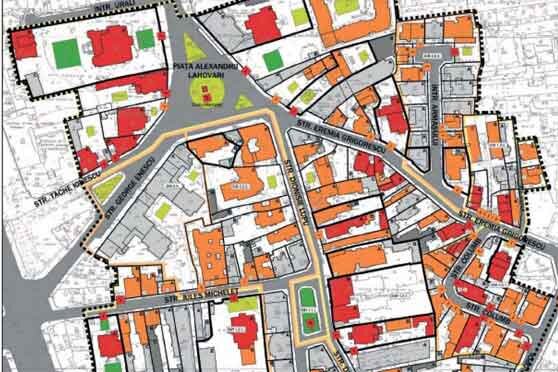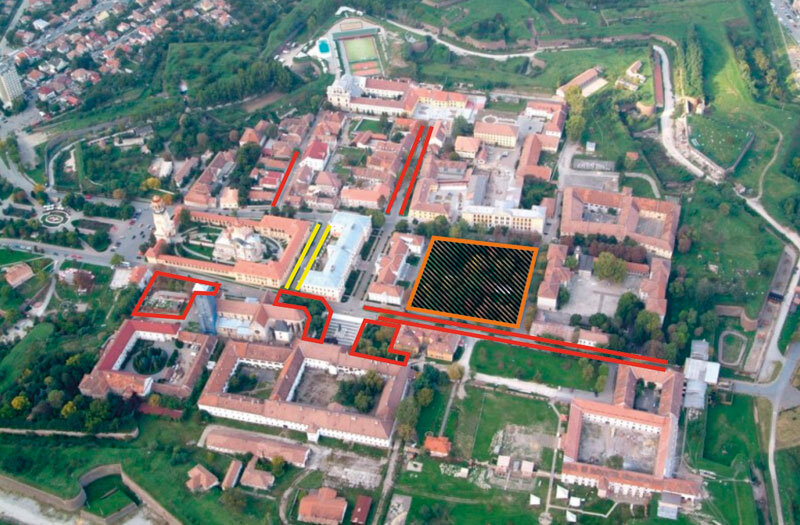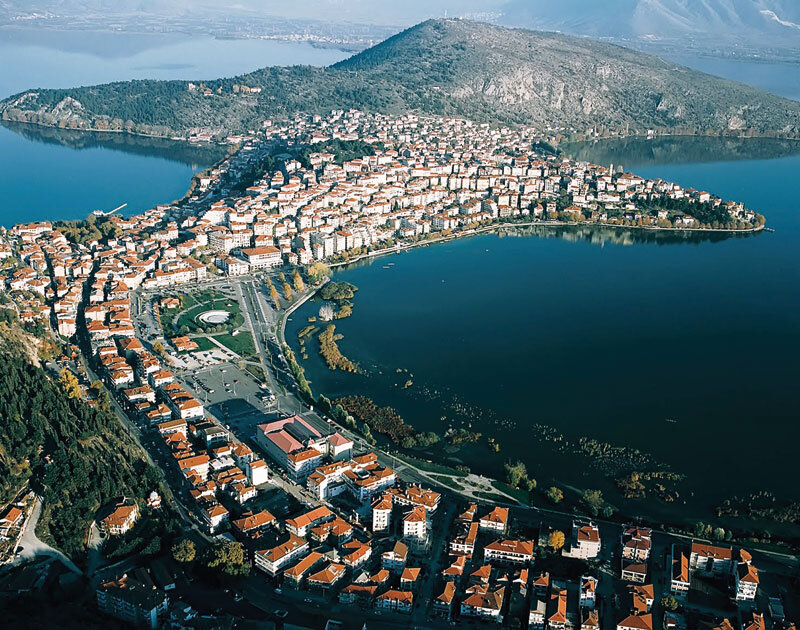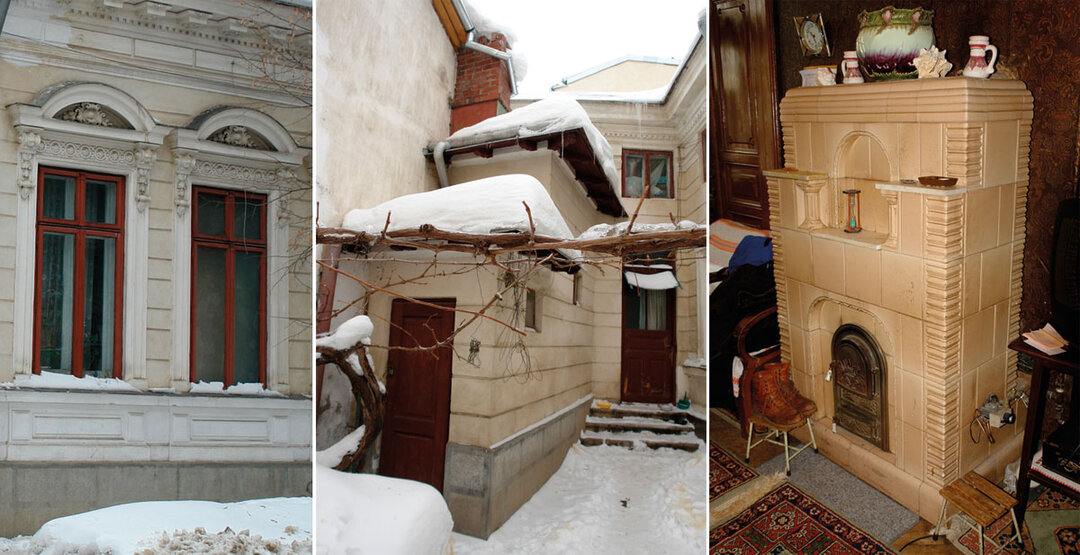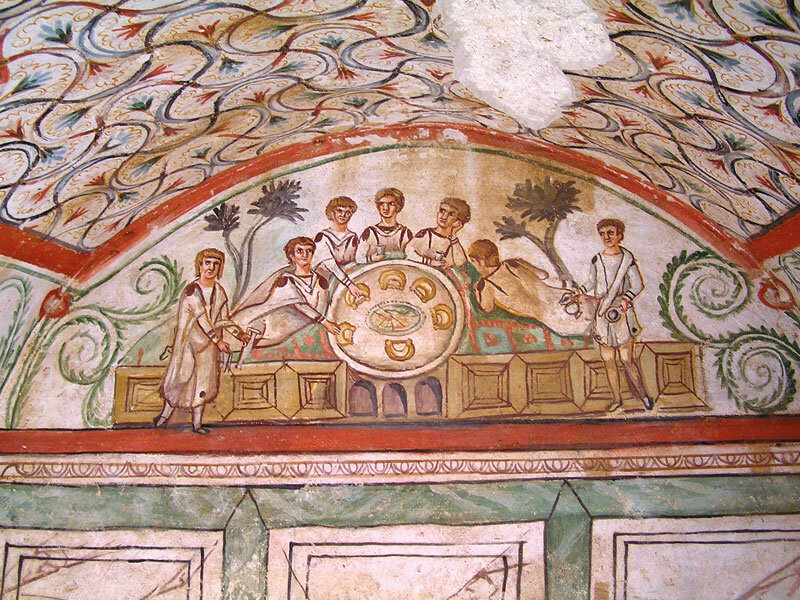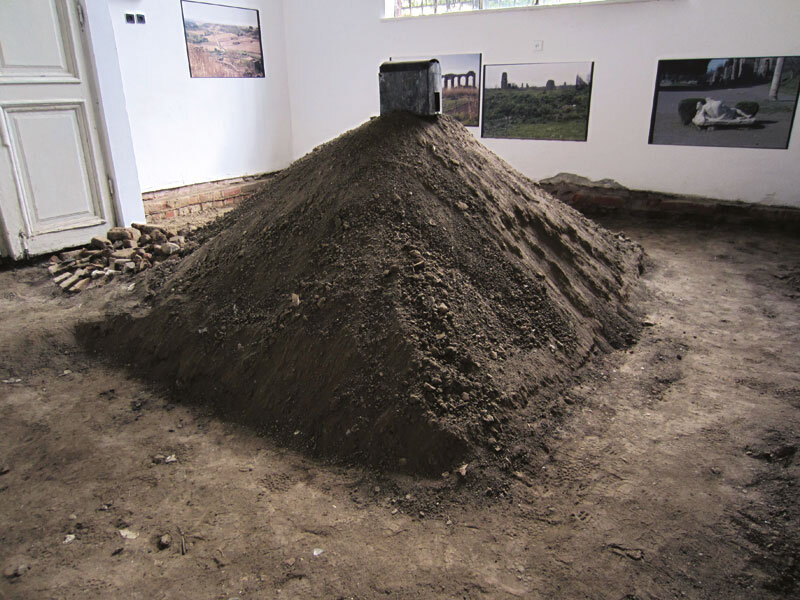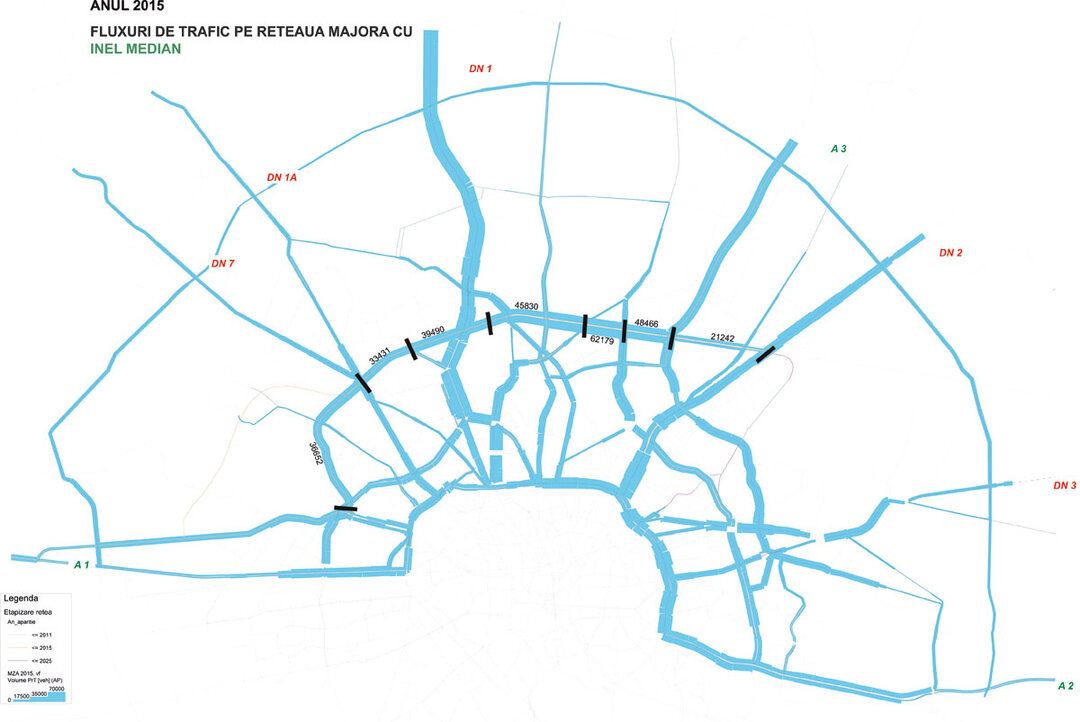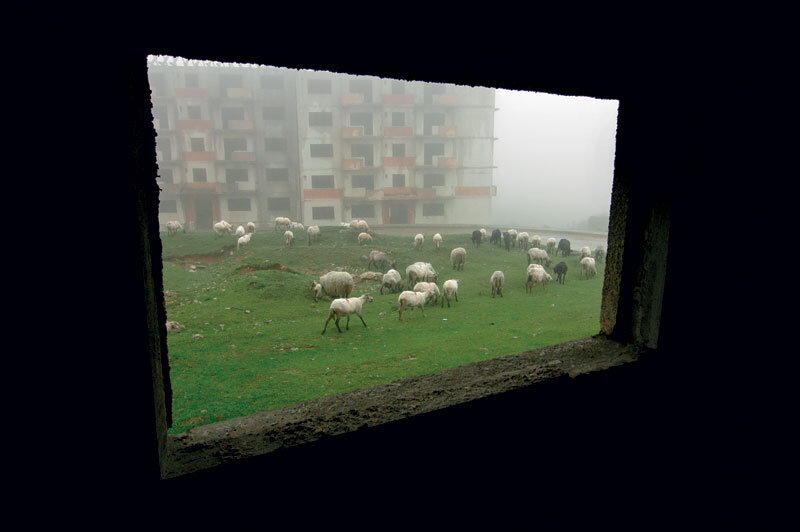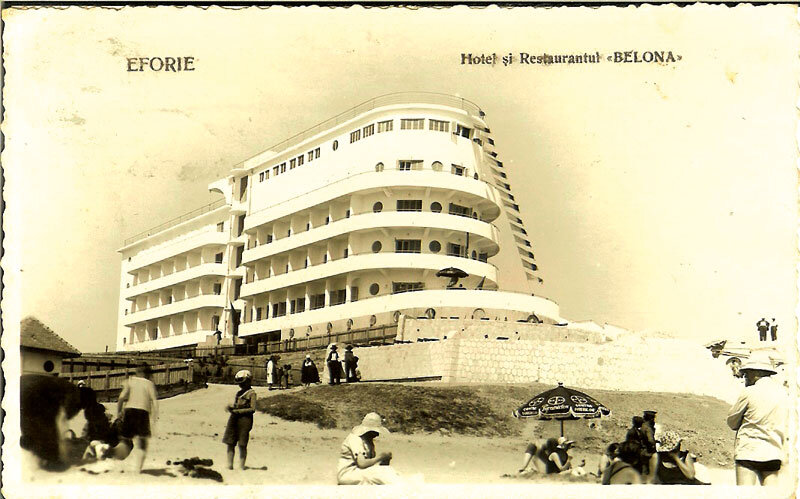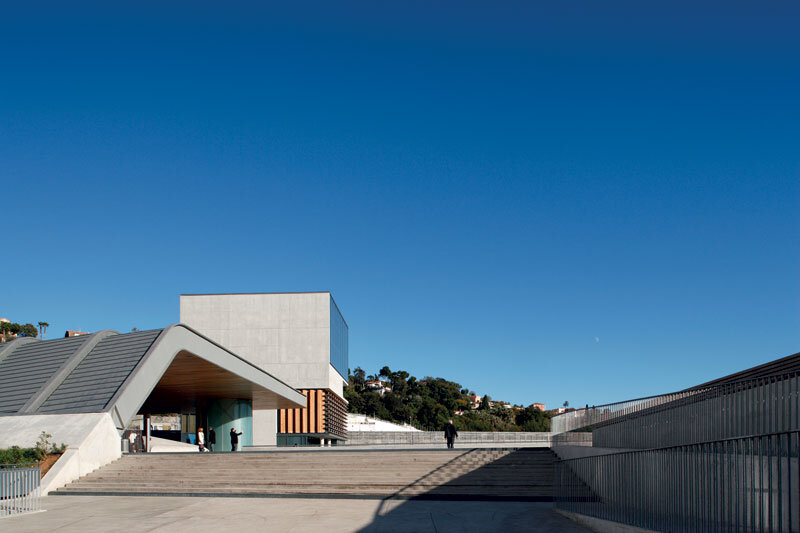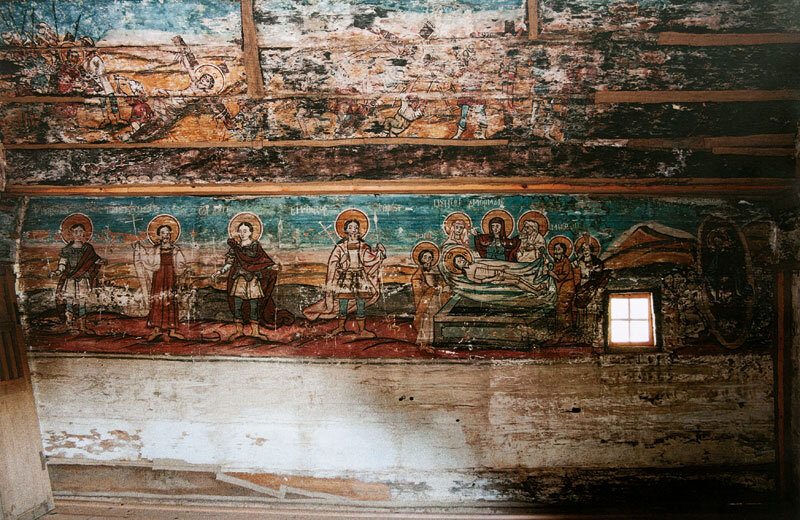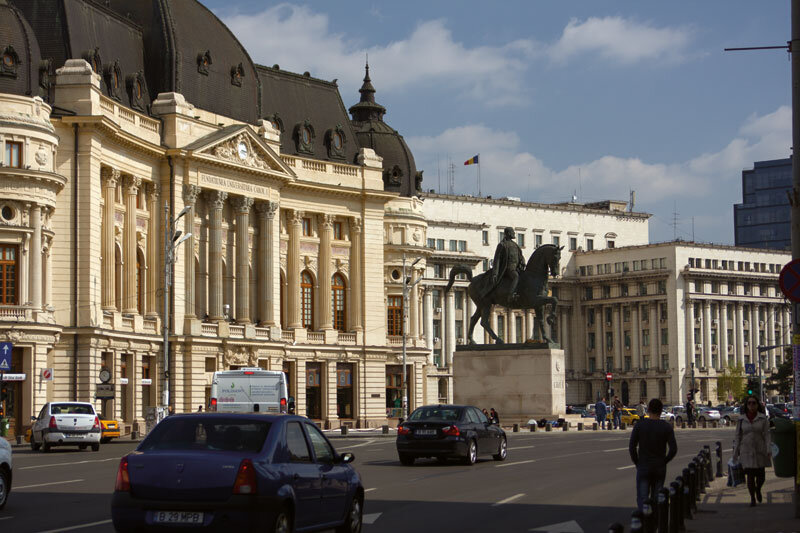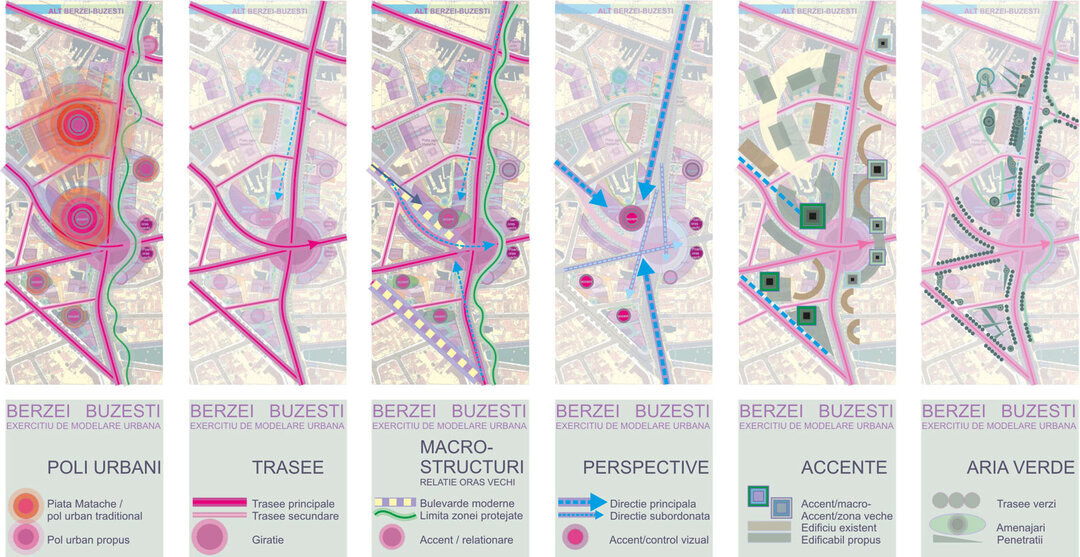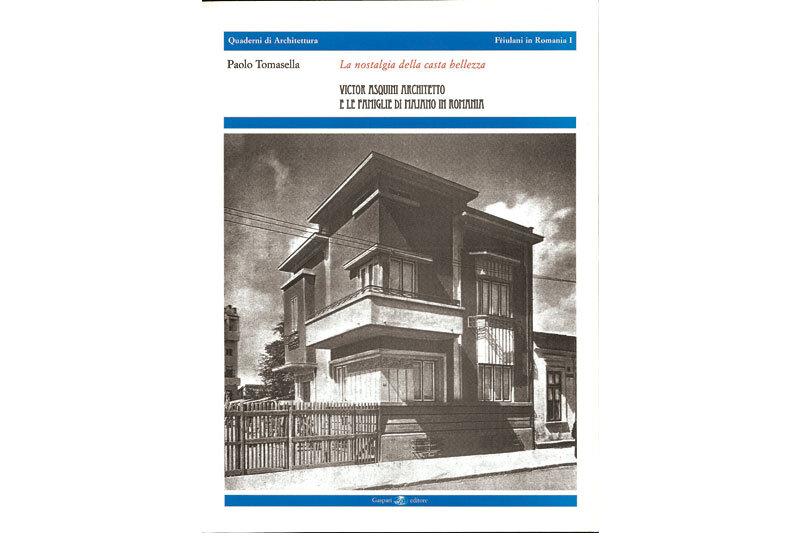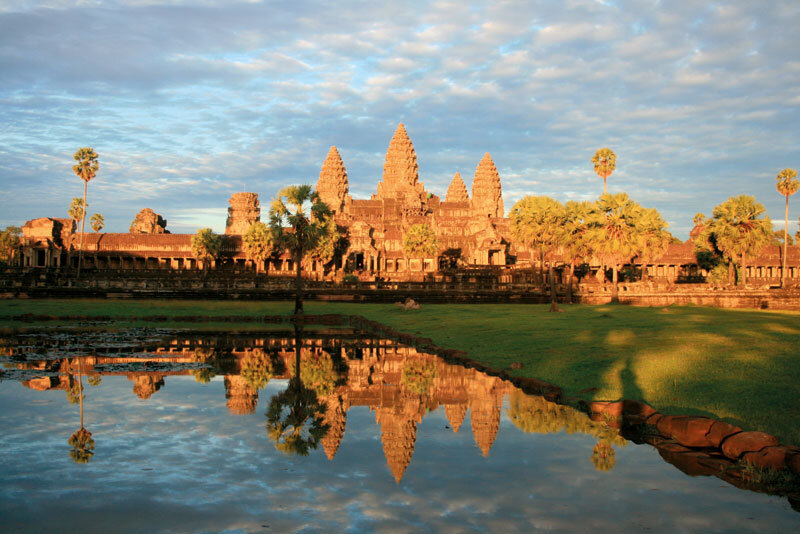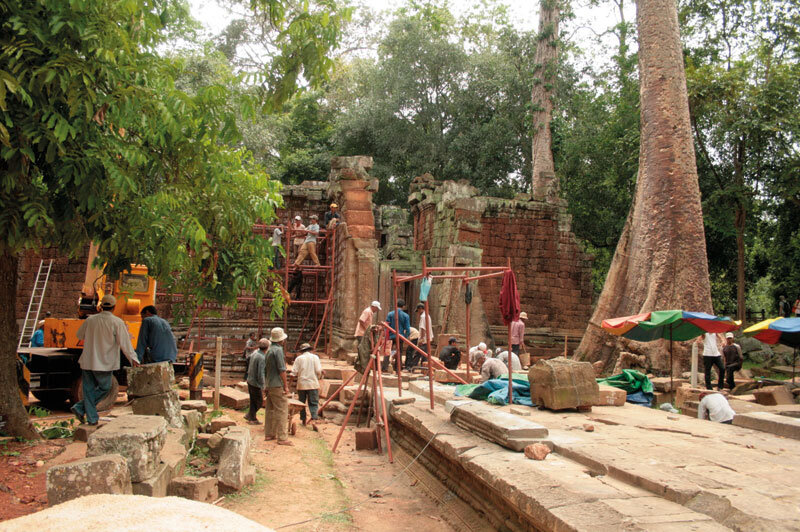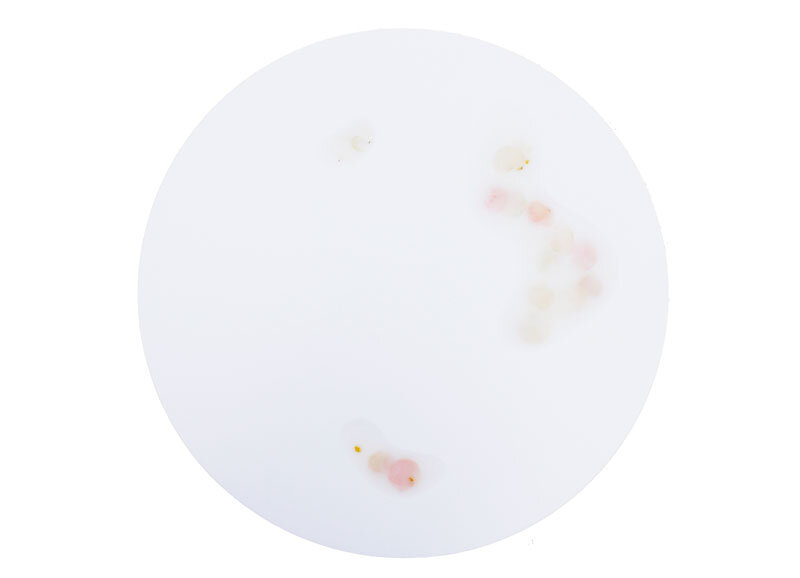
Ta Prohm. Restaurare în Angkor


Ta Prohm Restoration in Angkor
| După o perioadă tumultuoasă marcată de războaie, molime și dezastre naturale ce au dus la căderea civilizației kmere, marele complex intră în declin la sfârșitul secolului al XV-lea și, pentru o perioadă de aproape 400 de ani, ajunge, treptat, acoperit de vegetație și uitat de istorie.Redescoperit pentru cultura occidentală în 1860 de către echipa de arheologi francezi condusă de Henri Mahout, com-plexul intră într-un lung proces de restaurare și conservare. Între 1907 și 1970, sub conducerea École française d’Extrême-Orient, au loc operațiuni de eliberare a vegetației, refacere a fundațiilor și a sistemelor de drenaj. Aflat în prezent sub protecția UNESCO, în complex își duc munca de restaurare numeroase echipe internaționale: Authority for the Protec-tion and Management of Angkor and the Region of Siem Reap (APSARA), German Apsara Conservation Project (GACP), Japan-APSARA Safeguarding Angkor, World Monuments Fund, The Archaeological Survey of India, China, S.U.A.
În cadrul călătoriei mele în Angkor am petrecut trei zile cu echipa indiană (The Archeological Survey of India) și am avut șansa să observ în detaliu câteva din etapele de res-taurare și conservare ale unuia dintre principalele temple ale complexului - Ta Prohm. Deși mai puțin cunoscut decât Angkor Wat sau Bayon, Ta Prohm este cunoscut pentru maniera în care natura a pus stăpânire peste creația umană, generând unele dintre cele mai surprinzătoare combinații între organic și mineral. În aceste templu, natura a depășit orice obstacol și a creat o fuziune ce generează niște imagini de neuitat. Restauratorii sunt nevoiți să dezasambleze templul bucată cu bucată pentru a putea reface fundațiile. Fiecare parte a zidăriei este numerotată și catalogată pentru a se realiza o anastiloză identică cu dispunerea originală. O dificultate specială întâlnită în procesul de restaurare al templelor din Angkor constă în rolul pe care vegetația îl ocupă în structura de rezistență a clădirilor. Dacă în majoritatea cazurilor vegetația a deteriorat major structura, în situații speciale ea a devenit un liant ce a permis conservarea formei origi-nale. Această situație a dus la elaborarea unor tehnici speciale de conservare care, simultan, trebuie să inhibe creșterea vegetației, dar să și protejeze acele elemente vegetale benefice structurii. În prezent, Angkor-ul atrage milioane de turiști anual și, prin efortul echipelor de resturare, începe să-și recapete gloria, devenind una dintre principalele surse de venit pentru o țară în reconstrucție care încearcă să se refacă după regimul atroce al lui Pol Pot. Greu pot descrie frumusețea acestui loc, al ruinelor uitate în mijlocul pădurii luxuriante cambogiene, unde călugări budiști își des-fășoară în solitudine ritualurile și sentimentul total de copleșire în fața marelui Angkor Wat la apus, templu ce se aprinde sub razele calde ale soarelui. O experiență unică și absolut magică. |
| Capital of the Khmer empire during the 9th and 15th centuries, the Angkor region hold not only the largest amount of Khmer artifacts but represents the largest religious complex in the world. After a tumultuous period marked by wars, plagues and natural disasters that led to the fall of the Khmer civilization, the great complex enters a period of decline at the end of the 15th century and for a period of almost 400 years is gradually covered by vegetation and forgotten by history.Rediscovered in 1860 by a team of French archeologists led by Henri Mahout, the complex enters a long process of restoration and conservation. During 1907 and 1970, under the patronage of the École française d’Extrême-Orient, take place vegetation clearing operations and restoration of foundations and drainage systems. Currently under the protection of UNESCO, the Angkor complex is home to several international restoration teams: Authority for the Protection and Management of Angkor and the Region of Siem Reap (APSARA), German Apsara Conservation Project (GACP), Japan-APSARA Safeguarding Angkor, World Monuments Fund, The Archaeological Survey of India, China, S.U.A.
During my trip I spent 3 days with the Indian archeological team The Archeological Survey of India ) and I had the opportunity to observe in detail a few of the restoration and conservation stages to one of the main temples of the complex - Ta Prohm. Less famous than Angkor Wat or Bayon, Ta Prohm is known for the manner in which nature conquered human creation generating one of the most surprising combinations of organic and mineral shapes. In this temple nature overcame all obstacles and created a fusion that offer remarkable images. The restoration team has to dismantle the temple piece by piece in order to stabilize the foundations. Each part of the masonry is numbered and catalogued so that the ensuing anastylosis faithfully duplicates the original disposition. A special difficulty found in the restoration process of the Angkor temples is the role the vegetation plays in the overall structure of the buildings. If in most cases the vegetation has severely damaged the structure, in special situations it has become the very element that holds the original structure together. This situation has led to the elaboration of special conservation techniques that simultaneously inhibit the growth of vegetation while protecting those organic elements that help the structure. Presently Angkor attracts millions of tourists annually and with the effort of the restoration teams begins to regain its former glory, becoming one of the main sources of income for a country in reconstruction that tries to recover after the atrocious regime of Pol Pot. It’s hard to describe the magic of this place, of the forgotten ruins in the middle of the Cambodian jungle where buddhist monks carry out their rituals in solitude and the overwhelming feeling of awe facing Angkor Wat at sunset, temple that seems to light up under the suns warm rays. A unique and absolutely magical experience. |

